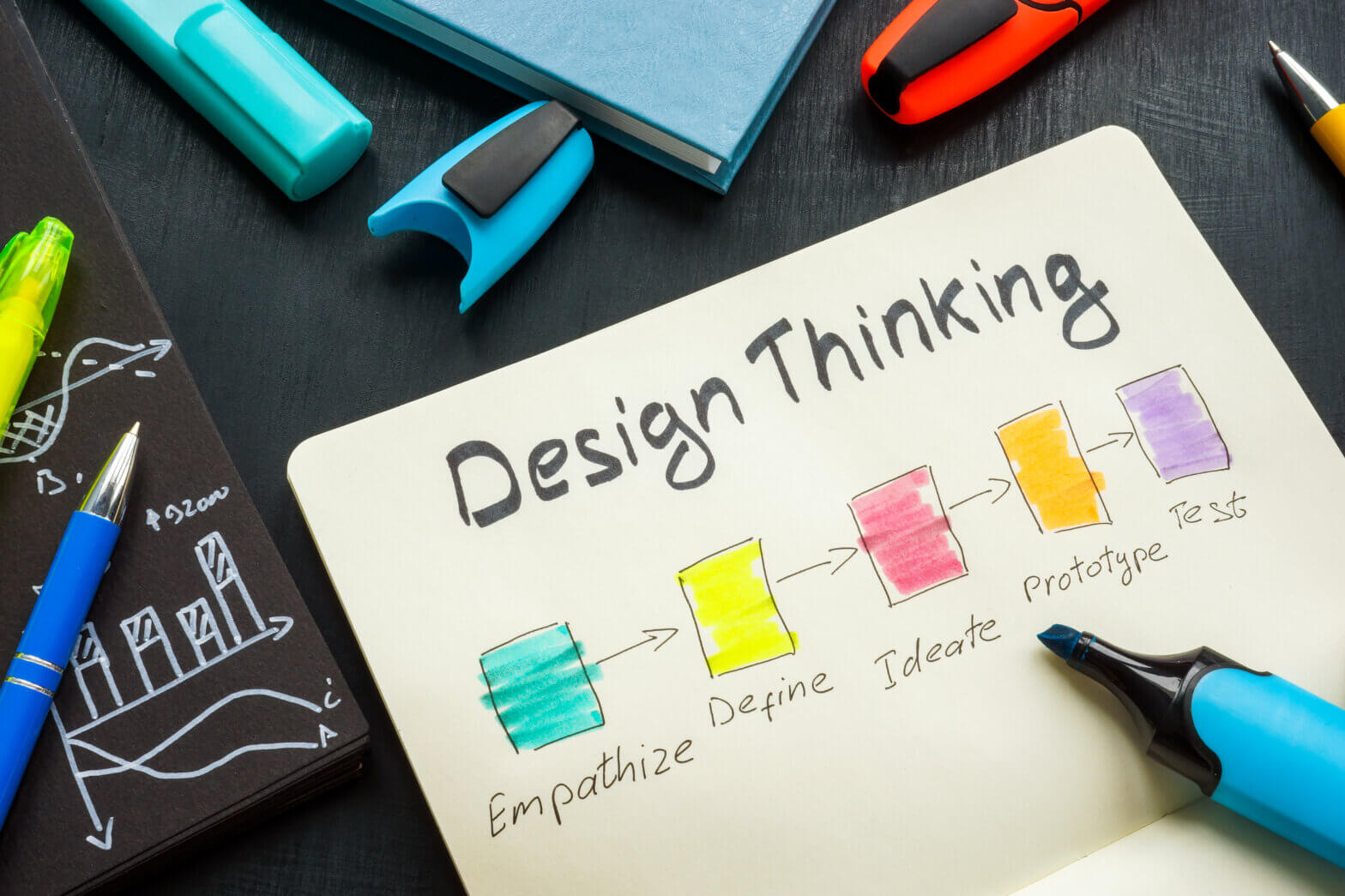what is design thinking?
Design Thinking is more than just an industry buzzword;
it’s a problem-solving methodology grounded in
empathy, observation, and iterative learning.
The Five Stages of Design Thinking
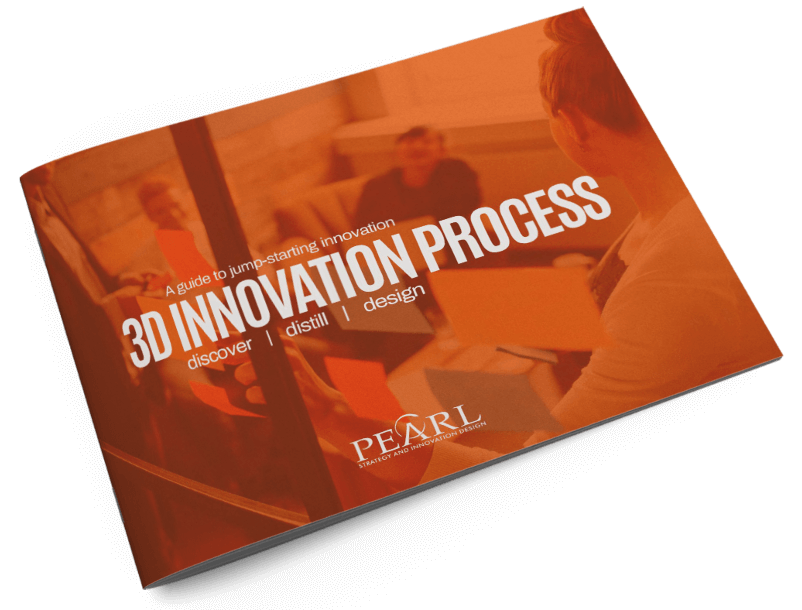
The Relevance of Design Thinking for Brand Managers
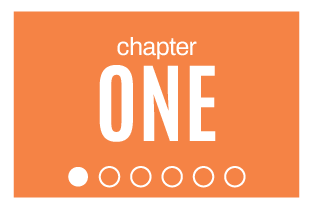
empathy
User-Centricity: Empathy in design thinking is all about putting yourself in the shoes of the users or stakeholders. It means setting aside your own assumptions and preconceptions to truly understand the perspectives of those you are designing for. This helps ensure that the solutions you create are relevant and valuable to the end users.
The Power of Observation: To develop empathy, designers engage in various research activities, such as interviews, surveys, and observations. They seek to uncover the emotions, behaviors, and motivations of the people they are designing for. This often involves spending time with users in their natural environments to gain insights into their daily lives.
Problem Framing: Empathy also involves understanding the core problems or challenges that users face. By identifying these challenges, designers can address the root causes rather than just treating symptoms, leading to more effective solutions.
Photo Elicitation: Photo elicitation is an effective method for understanding customer stories. By asking customers to take photos related to their experiences with a product or service, we can gain insights into their values and feelings.
User Journals: Capturing customer thoughts and feelings is crucial for human-centered Design. User journals, whether in text or multimedia format, provide raw, unfiltered data that helps us understand customer behavior, expectations, and pain points.
Motivational Mapping: We incorporate multiple activities to elicit revelations to uncover the deeper meanings and unmet needs behind customer actions and statements along their experience journey. These activities dig one level deeper to find the underlying motivations and typically include sections for capturing what users say, think, feel, and do. This tool helps teams get a “backstage” view of what is going on underneath the surface of a consumer’s feelings, beliefs and motivations, which are directing their actions and opinions.
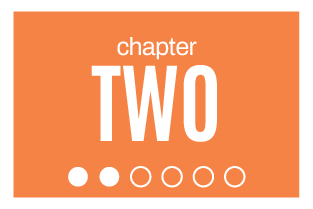
DEFINITION
The “Who”: Persona Development
The “What”: User-Centered Problem Statement
With this definition of the scope of work, a design thinking team may consider using frameworks like the “How Might We” (HMW) format to frame problem statements. This format encourages creative thinking by posing the problem as an open-ended question, such as “How might we improve X for Y?” Many methodologies and frameworks can be used and should be chosen specifically for how they can provide meaningful alignment between the user’s desired experience and any final outcome.
At Pearl Strategy, we integrate the SPICE Framework to understand customer needs. The SPICE framework helps understand customer needs by focusing on Social, Physical, Identity, Communication, and Emotional factors. It provides a comprehensive picture of what customers truly desire, well beyond traditional metrics.
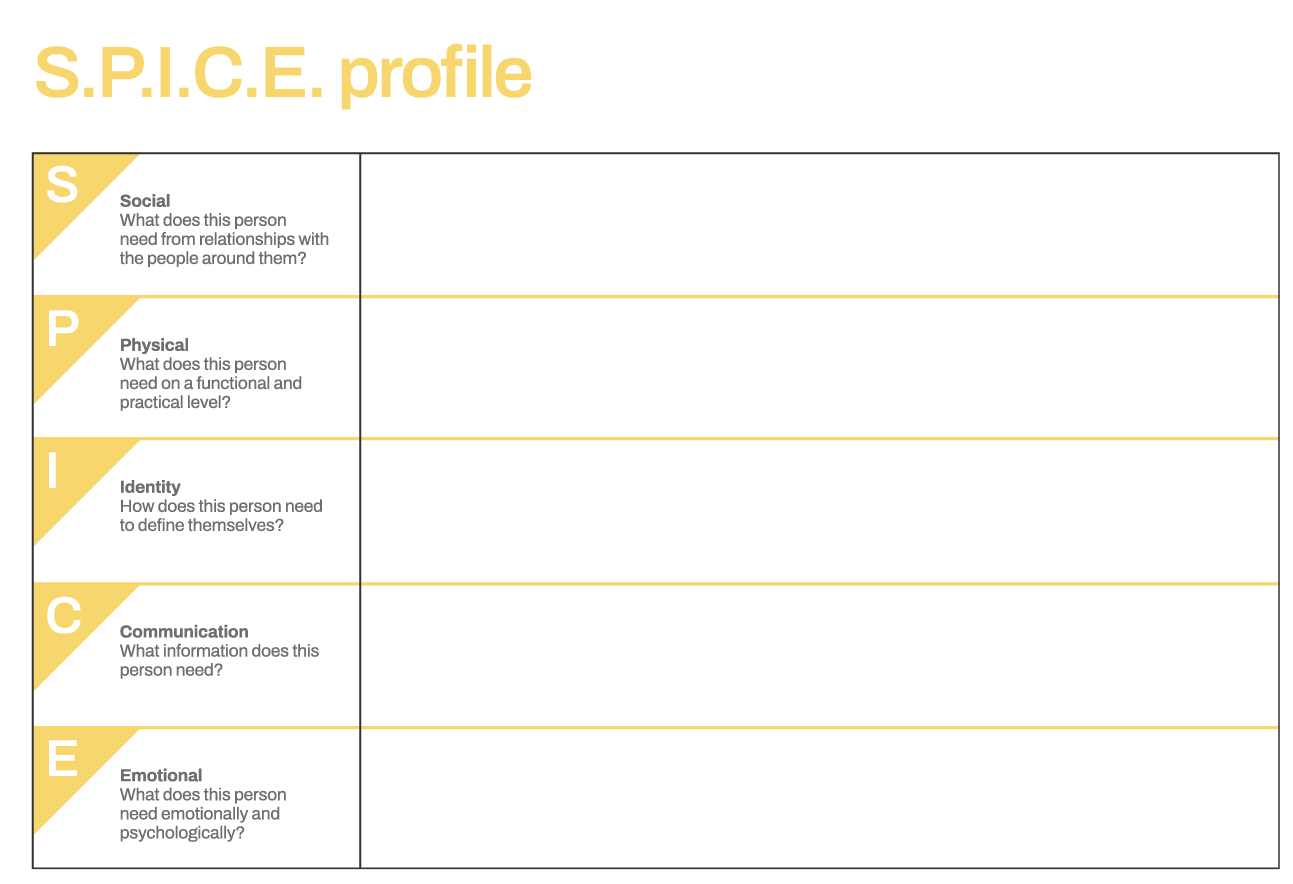
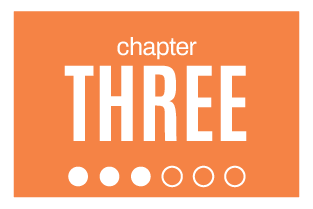
ideation
- How can we encourage divergent thinking?
- How can we diminish judgment of thought to gather a wider range of ideas?
- Have we cast a wide enough net to create a greater likelihood of variation of thought and perspectives?
- How can we remove social hierarchy from the way brainstorming sessions are conducted to allow for less experienced researchers or participants to be heard equally?
- What preconceived ideas might hold us back from finding the right solution?
- What mix of group and independent brainstorming sessions would be useful to generate more ideas?
- How can we make sure even the place we are recording our ideas is not imposing an unnecessary limit to creativity?
- How might we challenge ourselves on assumptions we are making about the product or service we are studying?
- What unrelated or even adjacent fields might spark inspiration?
- How can encouraging wild ideas, impractical solutions or wacky concepts help us work backward from hyperbole to innovation?
- How has this dilemma never been visualized?
- What ideas in initial rounds could be reconsidered or “stacked upon” so as to build off others’ ideas?
- How should our sessions be documented or recorded so as to interfere as little as possible with the free flow of ideas?
Ideation Methods
Related Worlds
“related worlds,” you can find novel perspectives that bring innovative solutions to the forefront.
Mind Mapping
connections and generates nuanced solutions during brainstorming sessions.
Forced Connections
technique often leads to the most innovative solutions.
P.O.E.M.S Framework for Idea Generation
At Pearl Strategy, we really like using the POEMS framework to help flesh out a few ideas and stress-test their plausibility. The POEMS framework considers People, Objects, Environments, Messages & Media, and Services to capture all solution components. It helps in generating and refining innovative ideas.
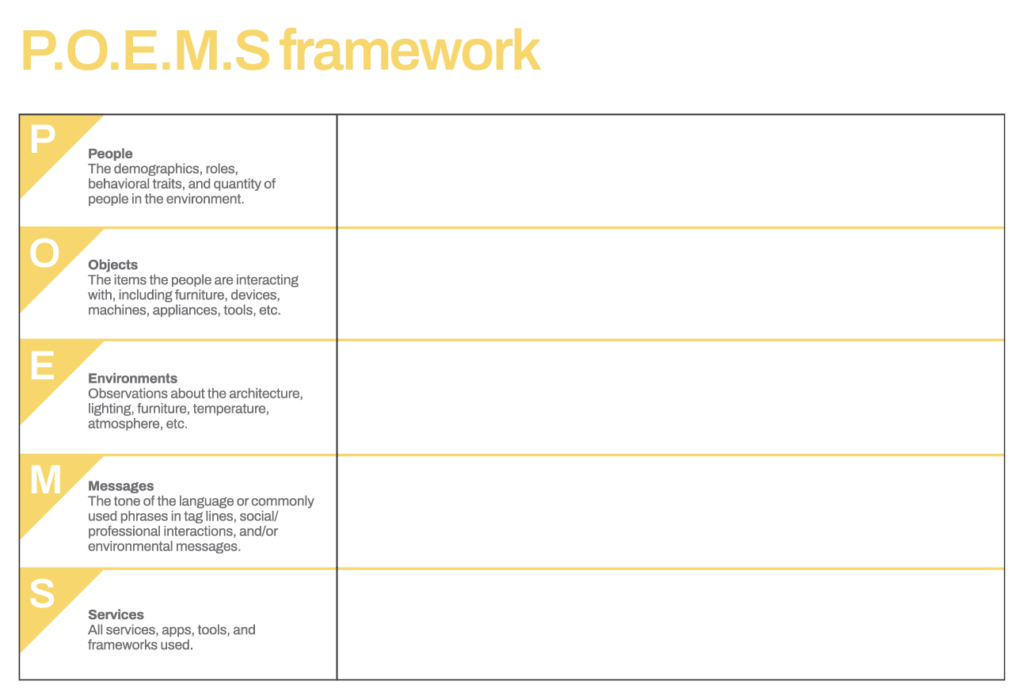
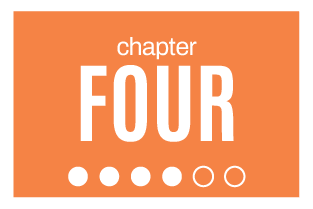
prototyping

testing

CASE STUDY

Step 1: Empathize

Step 2: Define

Step 3: Ideate
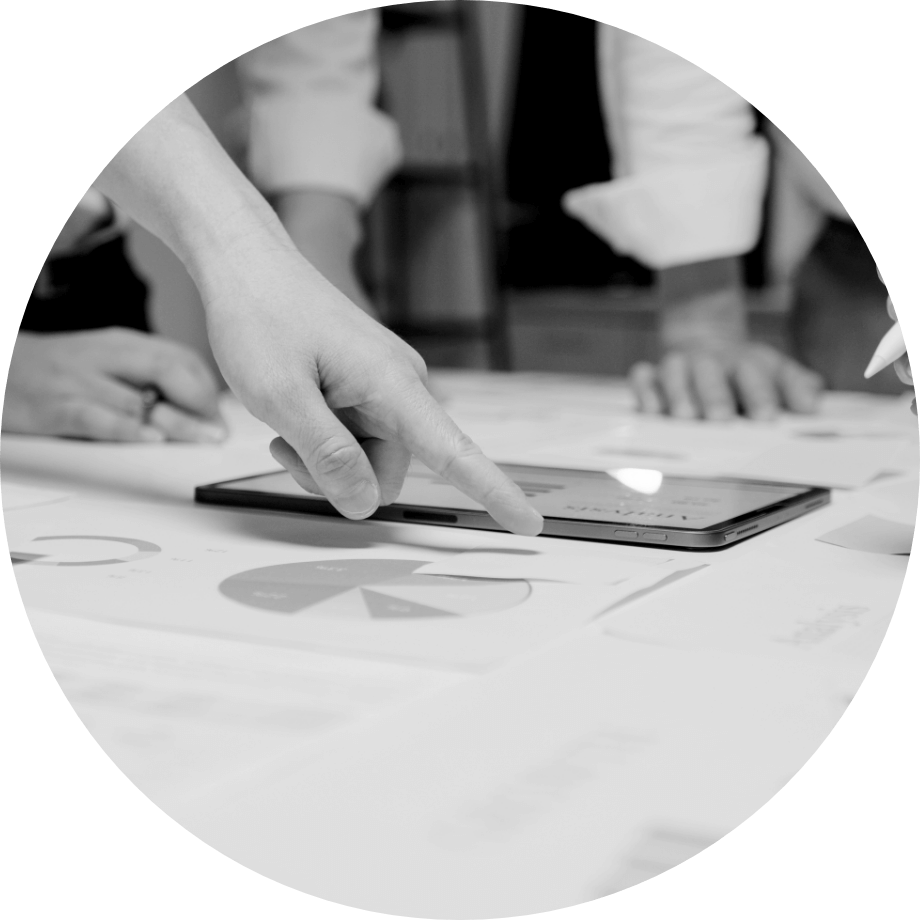
Step 4: Prototype

Step 5: Test
What we delivered:
What our clients are
saying
“We recently worked with Pearl Strategy on an innovation and positioning project. We initially came to Pearl with a business problem and purpose to reignite an existing category. Pearl brought a level of strategic leadership to the project and immediately recommended a workshop and online qualitative approach that worked within our tight timelines. Throughout the workshop, Pearl helped us refine our innovation platforms and develop positioning areas with alignment from key stakeholders. The outcome was a clear consumer insight-driven recommendation on how to proceed with specific innovations, recipes and positioning territories. Further to the planned outcome, the project identified a new framework for the team to use for future innovation work. I would highly recommend Pearl Strategy for any innovation or strategy work where consumer insights are integral.”
Senior Insights Manager


